An environmental hazard is any situation, action, or circumstance that has a negative impact on the environment. Environmental studies have discussed all issues that have an impact on living things. It includes a variety of fields of study like chemistry, physics, medical science, life science, agriculture, and public health. Ecosystems are groups of living organisms interacting with one another and their non-living surroundings. Air pollution is one of the biggest issues of our day, not only because it contributes to climate change but also because it has a negative effect on public and individual health. Particulate Matter (PM) enters the respiratory system by inhalation and causes cancer, reproductive and cardiovascular disorders, as well as problems with the central nervous system. The installation of HVAC system is a boon to the maintenance of pure air and enhances the quality of drugs. A chemical hazard is a substance that can endanger life or health. Exposure to chemicals can result in acute or long-term adverse health effects. There are many hazardous chemicals such as pyrroline substances, dissolved gases, reactive combustible, toxic and infectious substances. In the workplace, exposure to chemicals is a type of occupational hazard and includes a wide variety of chemicals in gaseous, liquid or solid form. Preventing exposure to toxic chemicals is a major concern at hazardous waste sites. Hazard requires combined effects from occupational safety and health professionals (OHS), including general occupational health and safety professionals, occupational hygienists, and occupational health professionals. Hazards are situations that pose a risk to people`s lives, property, or the environment. The fire triangle represents the three ingredients that must be present for a fire to start: heat, fuel, and an oxidizing agent. The purpose of fire prevention is to teach the public how to avoid potentially dangerous fires and how to survive them. Fires are extremely expensive to put out. When combustible materials, oxygen, and sufficient ignition energy are present, fire can occur. The fast growth in the transportation of hazardous substances has increased the risk of an accident occurring while in transit. Quality risk management can also help with decision-making in the event of a quality issue. The goal is to provide a systematic approach to risk management that is both effective and efficient. Systematic methods meant to coordinate, facilitate, and improve risk-based decision making should be included in good risk management. PowerPoint are frequently used in these trainings. Eventually, QRM provides assurances that risks are adequately managed and also helps in making consistent and traceable decisions to pharmaceutical industry that will reduce risk through the consistent use of the tools/methods and periodic review.
CONCISE COURSE IN HAZARDS AND SAFETY MANAGEMENT FOR M PHARMACY SEMESTER-II STUDENTS
255.00₹
Book Details
| Weight | 0.5 kg |
|---|
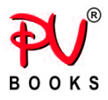

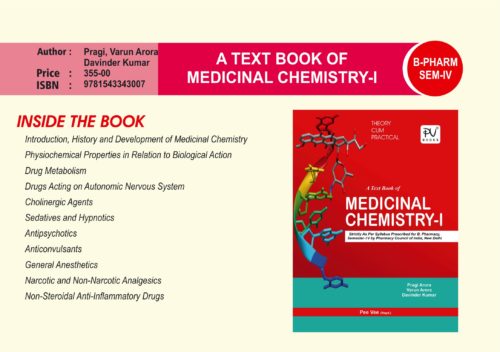
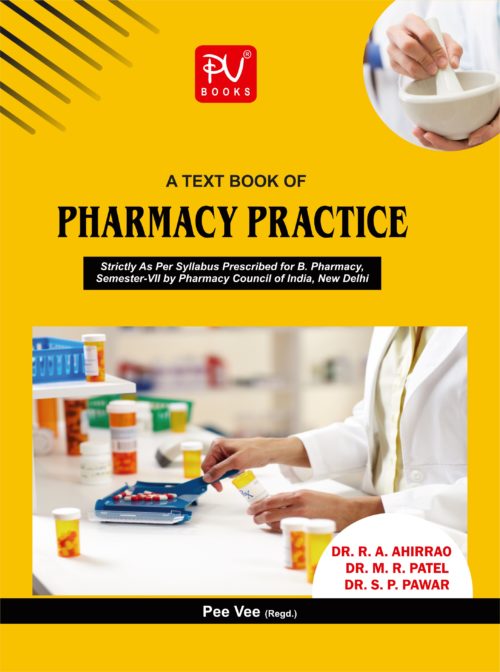
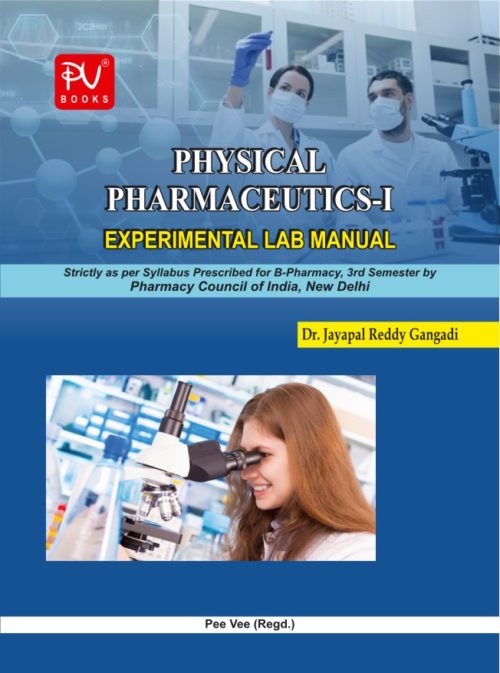
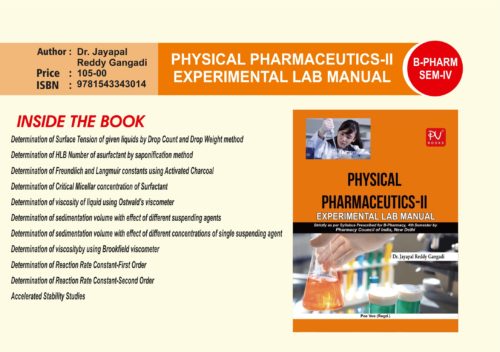
Reviews
There are no reviews yet.